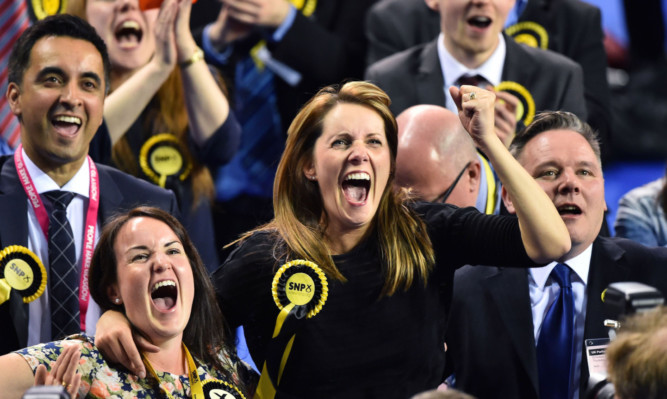In 1845, Benjamin Disraeli described Britain as a country consisting of “two nations between whom there is no intercourse and no sympathy; who are as ignorant of each other’s habits, thoughts and feelings, as if they were dwellers in different zones, or inhabitants of different planets”.
When Benjamin Disraeli, a Tory, became Prime Minister a few decades later he made it his priority to bridge the gap between rich and poor and to create ‘One Nation’.
It is the same challenge that faces the now re-elected Conservative Prime Minister David Cameron.
But the task is even greater now than it was 170 years ago.
Today’s Britain is suffering from growing inequality but it is also facing a nationalist challenge in the form of a strong independence party in Scotland.
A bit of history is useful to understand where we are going.
In the Victorian age the Irish wanted independence and in 1884 the Irish Parliamentary Party won 63% of the seats in Ireland.
The Conservatives and the Liberal Parties in London all but ignored the Irish demands.
This began the inexorable drift towards independence for Ireland.
Today the independence movement is in Scotland.
But the Scottish National Party is even stronger than its Irish predecessors.
94% of all the seats in Scotland went to the SNP. This is the best result ever for any political party in a democratic country.
Mr Cameron says he wants “to unite the nation”. This will be difficult.
One possibility is a federal Britain.
Under this system, different parts of the UK will get their own parliaments with unique powers.
Just like in the USA.
Under one scenario, Britain could end up looking like a larger version of Belgium; a state that merely is a country in name, but in reality only shares the king, a common defence policy and taxation.
But the Conservatives are unlikely to grant the Scottish Parliament powers over the ‘bedroom tax’ and Trident.
And even a Belgium type of federalism is unlikely to satisfy the SNP and the majority of the Scots.
The other possibility is another referendum.
This will come eventually, but not necessarily in this parliament.
This is how it could happen.
David Cameron will be under pressure to hold a referendum on EU membership.
Yet he is unlikely to get the concessions he is seeking on immigration.
Germany’s Angela Merkel has said ‘Nein’ to his demands.
Without any changes in Britain’s relationship with the EU many English voters will vote to leave.
In Scotland, however, a majority will vote to stay in the EU.
If there is a majority to leave the EU in Britain as a whole, and a Scottish majority to stay, a second independence referendum will be inevitable.
And after another few years of austerity measures and unpopular defence policies, there is an overwhelming chance or risk that Scotland will be an independent country.
Matt Qvortrup is professor of political science at Coventry University
